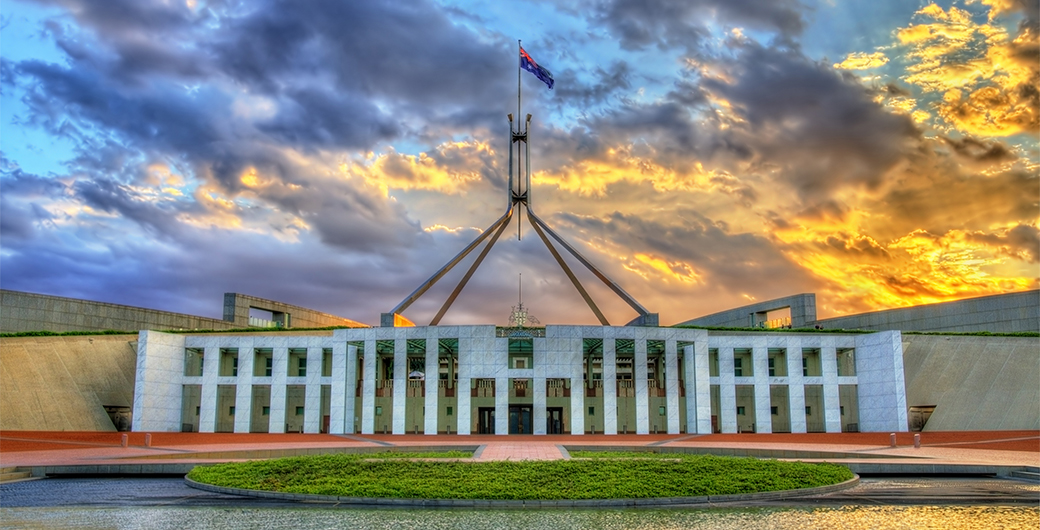
This guest editorial was written for the ANZSOG/National Regulators Community of practice monthly newsletter, highlighting new additions to the Regulation Policy and Practice collection on APO. The RP&P collection brings together a range of practical resources from national, local and state/territory governments, regulatory agencies and external institutions conducting monitoring, inquiries and reviews. You can receive this newsletter by joining the ANZSOG/National Regulators Community of Practice (membership is free) or subscribe to the newsletter directly.
By Veronica L. Taylor
Professor of Law and Regulation, School of Regulation and Global Governance (RegNet), ANU
Last month saw the launch of the ACT Chapter of the National Regulators Community of Practice (NRCoP), as part of the network sponsored by ANZSOG. A distinguished panel considered how we create public value through ‘Policy, Practice, Professionalism and Performance’. The full recording of the discussion is available below and features David Parker (Clean Energy Regulator); Jacqui Agius (ACT WorkSafe Commissioner), Derise Cubin (Access Canberra), Rona Mellor (Australian National Audit Office) and Veronica Taylor (RegNet, Australian National University), with discussion moderated by Dr Grant Pink (NCRoP).
David Parker began by asking ‘What is government for’?, suggesting three core functions: creation of public value; spending to achieve that goal; and regulation — creating and managing the ‘rules’ for trusted interactions between people and within markets.
David sees good regulatory policy as practical, grounded, purposive and quick. Clear policies and legislation help, but in reality often need to be interpreted. Regulation adds the flexible, human touch that adapts those rules for a messy world. He urges purposive interpretation, focusing on the regulatory aim of the instrument. His ideal regulators are commercially savvy – they know and understanding the motivations of the actors in a market or regulated domain.
That responsive regulator ideal is attractive. But is it enough? Has the social compact about regulation changed in late-COVID Australia? I see some signs of stakeholder anxiety – fatigue from fire, floods and a pandemic, coupled with fear about the end of affluence, climate change, and a long tail of COVID-related health and mental health issues.
Australians expect government to buffer them from catastrophe and from predatory behaviour by corporations and institutions. There is a live policy debate about building ‘resilience’ and in some quarters, a desire to shift risk to the individual and the community. Yet we also see State governments offering businesses mental health support services. This should sound a warning bell for regulators. The incoming federal Labor government appears to have read community sentiment and promises ‘compassionate’ government. How then, might responsive regulation become compassionate regulation?
Part of the answer is regulatory practice: front-line practitioners who resist the false dichotomy of ‘policy versus implementation’ and instead routinely report on the real effects of a policy or gap. Jacqui Agius reminded us that regulatory practice is necessarily collaborative. In taking a national policy and developing new protections against the harms of silica dust at the territory level, her ACT WorkSafe brought a wide range of stakeholders to the table to develop new, stronger, practical protections for workers.
This is also a prompts about differential impact of regulatory design. We talk about ‘Indigenous Australia’, ‘diversity’ and ‘postcode poverty’ but COVID revealed considerable regulatory blindness as governments and their agents failed to calibrate (or translate) regulatory messages or consider how ability to comply would vary geographically and socio-economically. High levels of compliance in the ACT, for example, show us a city-state that practices regulatory excellence, but also benefits from its size, demographic profile, and proximity to federal government.
This links to Derise Cubin’s reflections on nurturing regulatory professionalism. She began with the different requirements and responsibilities for public servants, heads of agencies and statutory office holders, and the ethics encoded in Public Service Codes and Codes of Conduct. Rona Mellor reminded us that measurement is a key tool for regulatory performance. Her audits ask whether regulators have fully utilized their powers. She reminded us that passive regulators draw heavily on data/information; reluctant regulators are not willing to take matters on, especially at the top-end of enforcement; and responsive regulators have their settings about right and are actively using and fine-tuning them. She asks, ‘What do you do with your resources?’ – not how much activity (inspections, letters sent), but how resources support purpose, use powers and create positive outcomes. Measurement tempers the optimism bias that we apply to our own performance.
We should add a signature attribute of professionalism: discretion. Professionals are self-aware of their decision-making role as regulators, not service providers. They build their professional identity through induction, training and role clarity and by taking appropriate decisions when they have a spectrum of choice. Professionalism also forms through peer review, often conversationally. Narratives are powerful, so we need to speak openly about our choices; encourage good practice and reflect honestly on failure. Leading by example is critical and David Parker describes this as ‘holding the agency’ — being accountable for a healthy regulatory culture. A local NCRoP Chapter can help bridge different organisations and mandates and host those profession-strengthening conversations.
Australia is a high-performing regulatory jurisdiction and our communities now expect clearer, faster and more intuitive regulatory pathways. Professionalism demands more co-design of regulatory systems in way that make compliance easy. Academic partners can contribute new empirical research on behavioural insights. This aligns with Jacqui’s reminder that regulators need to be positive; believe in themselves; and push for ‘what is possible’ — not limit themselves with traditional approaches and tools.
Related news and media
Improving regulatory language: Its contribution to regulatory capability
ANZSOG report into governance of the Queensland Building and Construction Commission
Ten tips for public sector complaints handling
Improving regulatory language: Its contribution to regulatory capability
Creating opportunities for regulators to collaborate – reflections from the COVID-19 frontline
Indigenous organisation leaders: balancing tensions between achieving political goals and regulatory requirements
